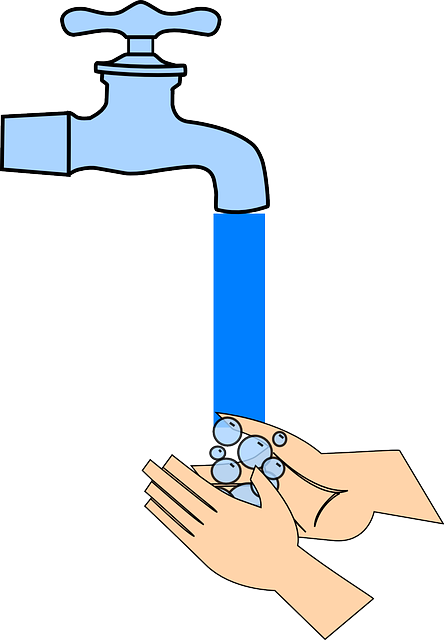To fix a leaky faucet, identify the source, understand its components (cartridge, valve seats), disassemble if needed, and replace the cartridge or repair damaged threads. Follow a step-by-step guide for replacement or use tools to secure parts, ensuring proper alignment and sealing for leak prevention.
Is your faucet leaking at the base? Don’t worry, it’s an easy fix! This guide will walk you through the process step-by-step. First, identify the source of the leak – it could be as simple as a worn-out cartridge. Then, disassemble and replace the cartridge with ease. Lastly, tighten and seal for a durable, long-lasting solution. Learn how to fix a leaky faucet effectively and save money on potential repairs.
- Identifying the Source of the Leak
- Disassembling and Replacing the Faucet Cartridge
- Tightening and Sealing for a Durable Fix
Identifying the Source of the Leak

When dealing with a leaky faucet, the first step is pinpointing the exact source of the problem. Often, leaks originate from the base of the faucet where the spout meets the valve assembly. This area is particularly vulnerable to damage over time due to mineral buildup and wear and tear. Inspect your faucet carefully; you may notice dripping water or a wet patch around the base. Sometimes, the leak could be coming from the supply lines connected to the valves, indicating a loose connection that needs tightening or replacement.
To effectively fix a leaky faucet, understanding its components is key. The base usually houses two main parts: the cartridge and the valve seats. Over time, these parts can wear out or become contaminated by minerals in hard water, leading to leaks. Identifying the culprit involves careful observation and possibly disassembling the faucet to inspect each component individually. This DIY approach allows you to tackle the issue head-on, saving you the cost of hiring a professional plumber for a simple repair.
Disassembling and Replacing the Faucet Cartridge

To fix a leaky faucet, disassembling and replacing the cartridge is often a straightforward solution. Start by turning off the water supply to your sink using the shut-off valves under the faucet. Then, with a wrench or pliers, carefully remove the decorative cap at the base of the faucet. Next, unscrew the old cartridge from its seat. This part controls the flow of water and can be a common source of leaks. Once removed, inspect it for any debris or damage. If it’s worn out, you’ll need to replace it. Install the new cartridge by aligning it correctly and tightening the screw securely. Ensure all parts are properly seated and flush before turning on the water supply again. This process may vary slightly depending on your faucet model, so consult the manufacturer’s instructions if needed.
Tightening and Sealing for a Durable Fix

When addressing a leaky faucet, one of the most common and effective solutions is tightening and sealing the base. Begin by turning off the water supply valves located under the sink to prevent any further wastage. Then, gather the necessary tools—a wrench or pliers for gripping, and some pipe thread tape or a high-quality silicone sealant.
Loosen the faucet handle and remove the decorative cap at the base. Inspect the threads on the faucet’s stem; if they’re damaged or worn out, consider replacing the stem instead of just tightening it. Wrap the thread tape or apply sealant to the threads before reassembling. This step creates a seal, preventing leaks at the point of connection. Once the parts are secured, turn on the water supply valves and test the faucet to ensure the leak has been effectively fixed.
A leaky faucet can waste up to 2,000 gallons of water annually, so fixing it is both an eco-friendly and cost-effective endeavor. By following these simple steps – identifying the source of the leak, disassembling and replacing the cartridge, and tightening and sealing for a secure fit – you can stop that pesky drip and save money on your water bills. Remember, prompt action prevents minor leaks from turning into major headaches!
